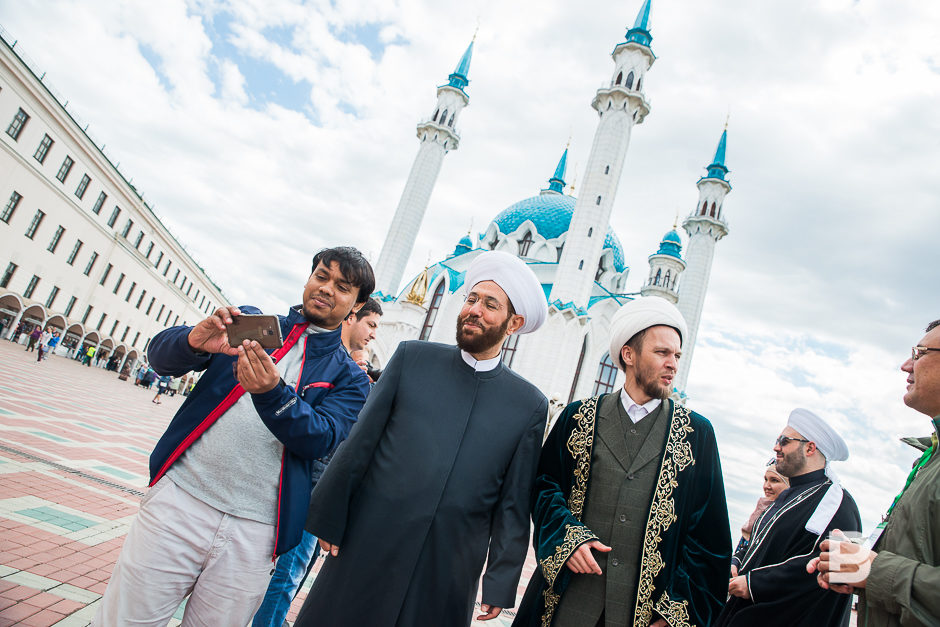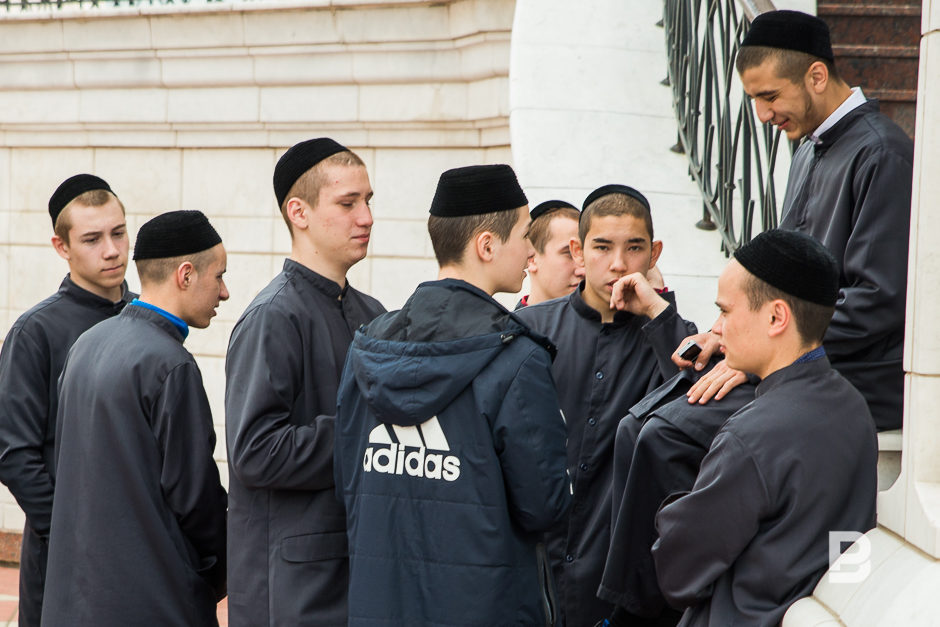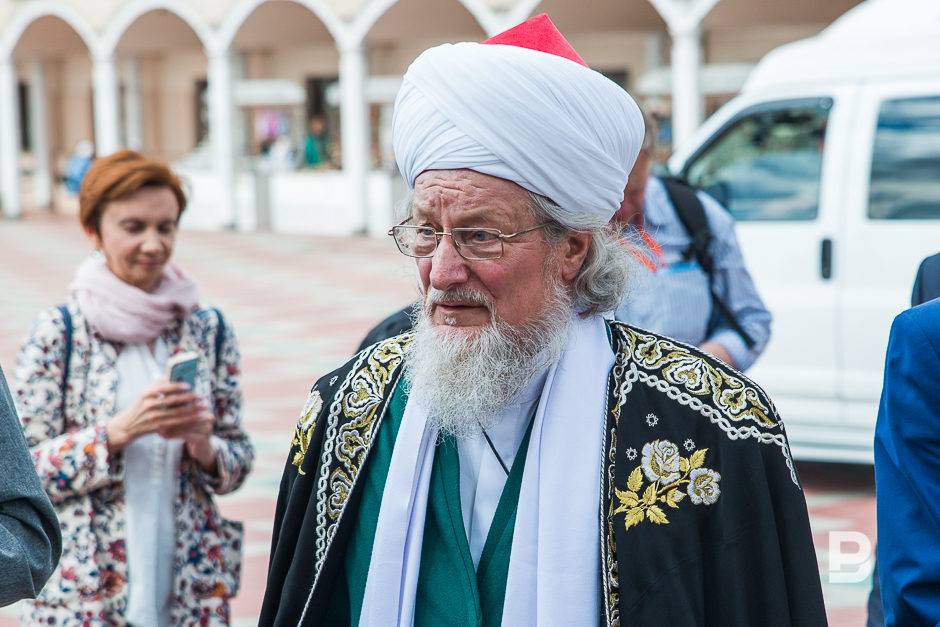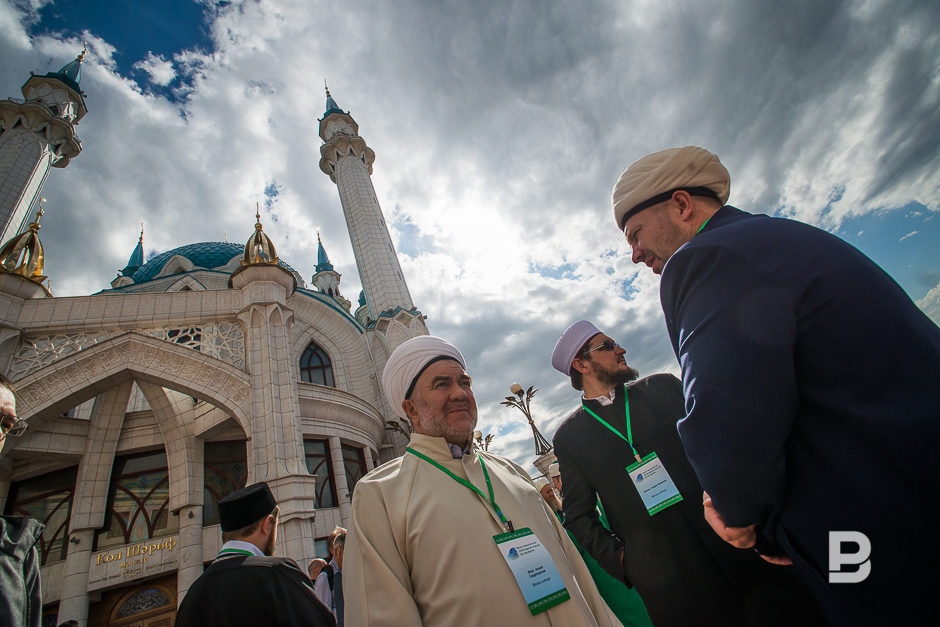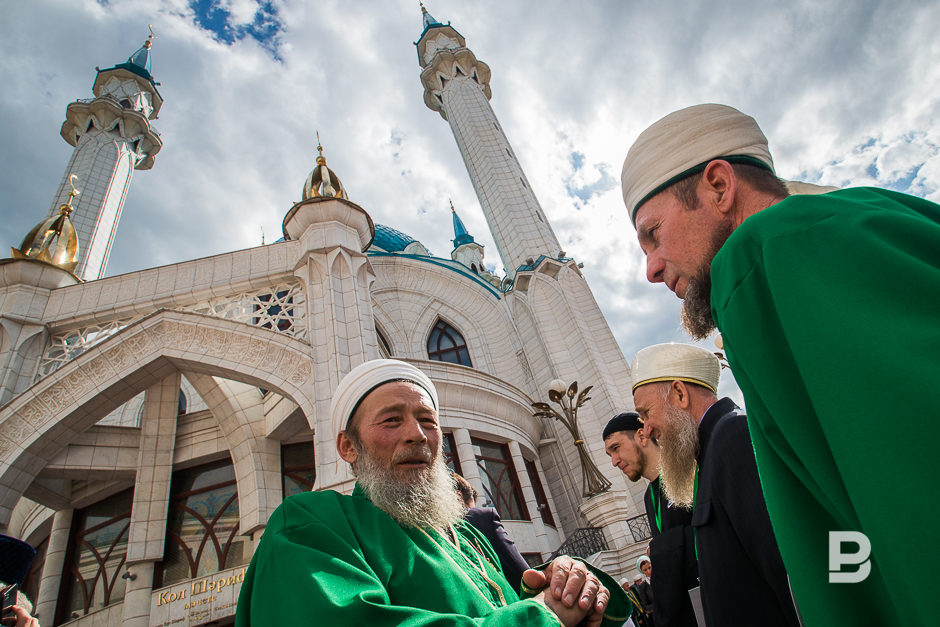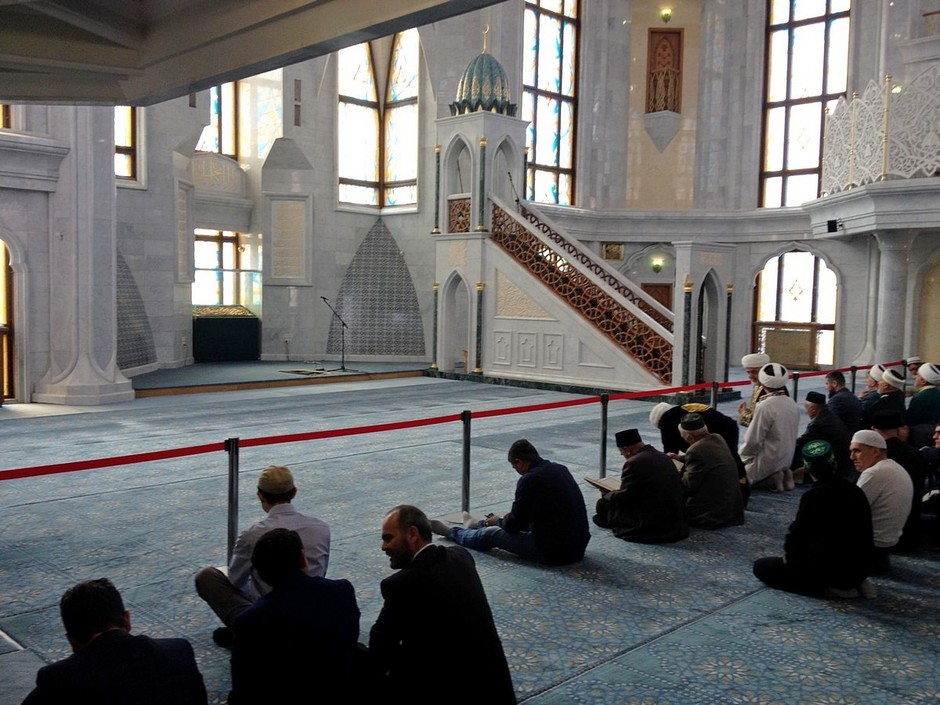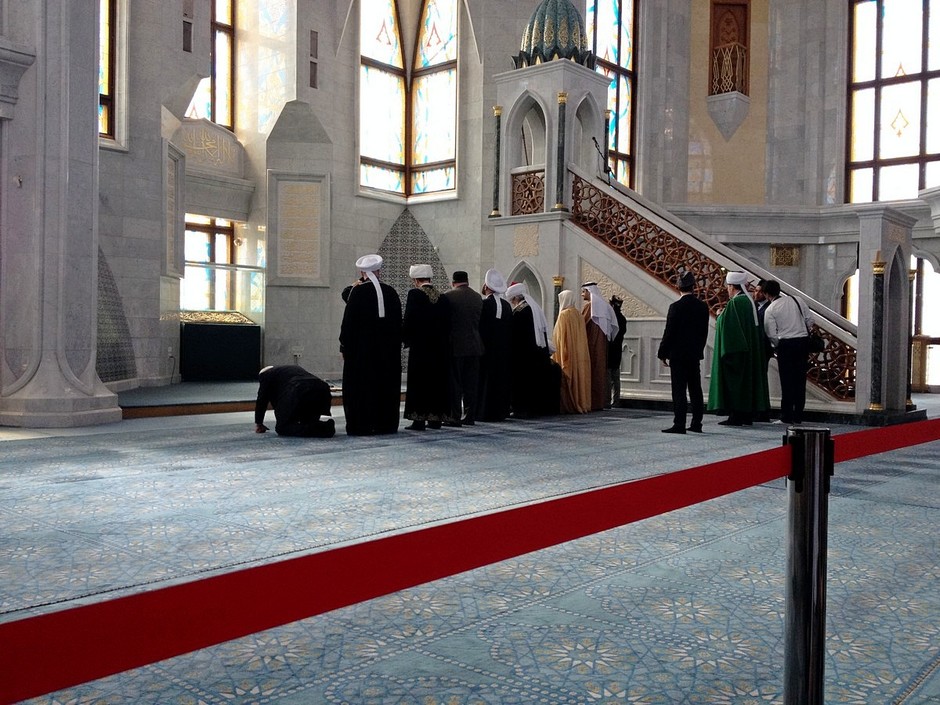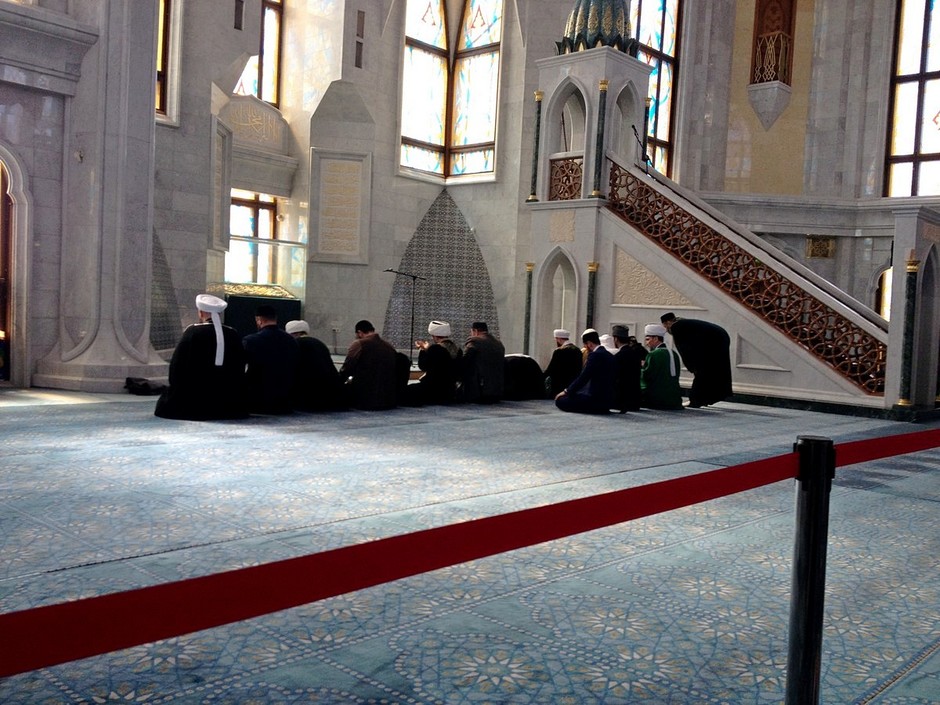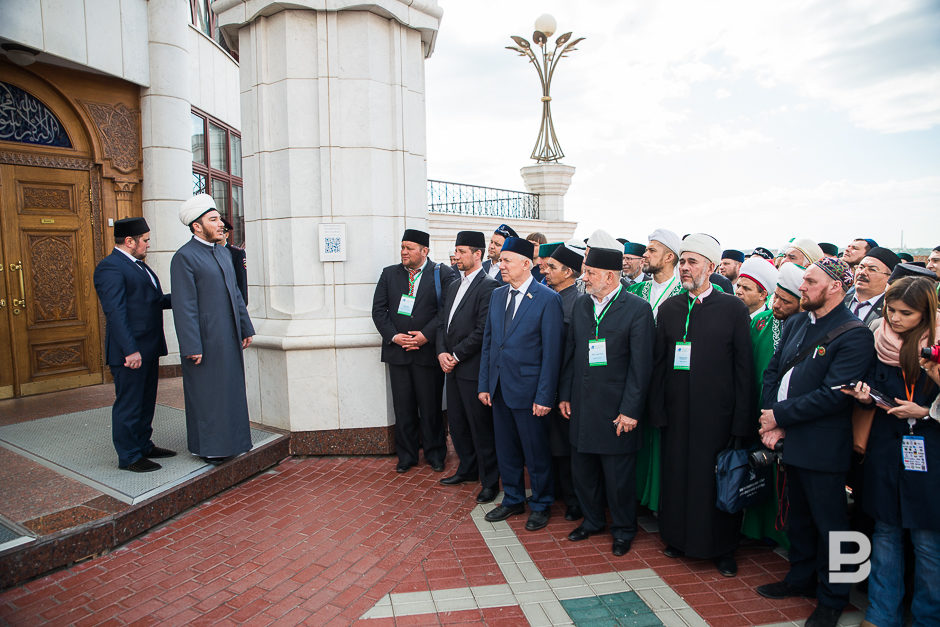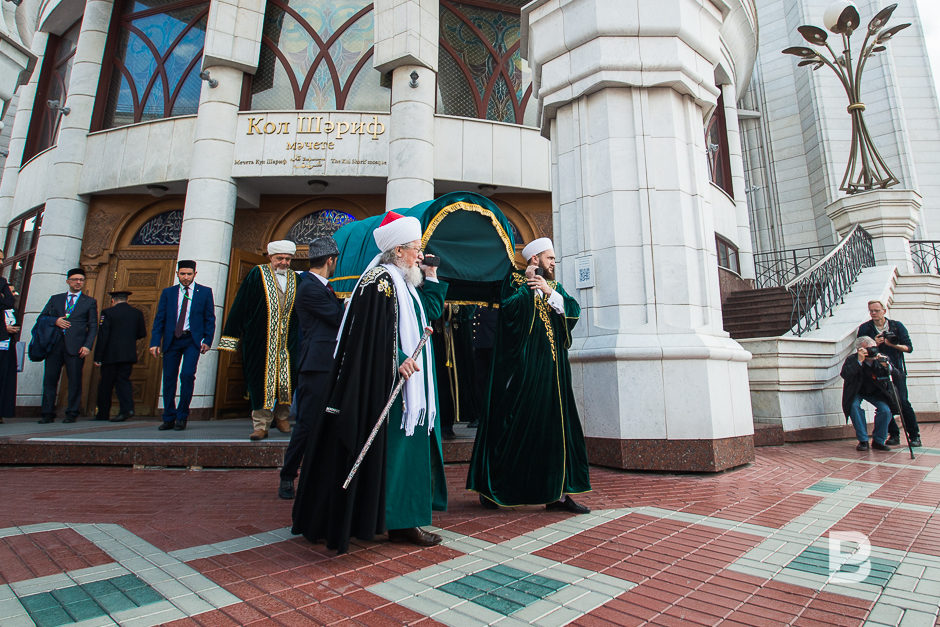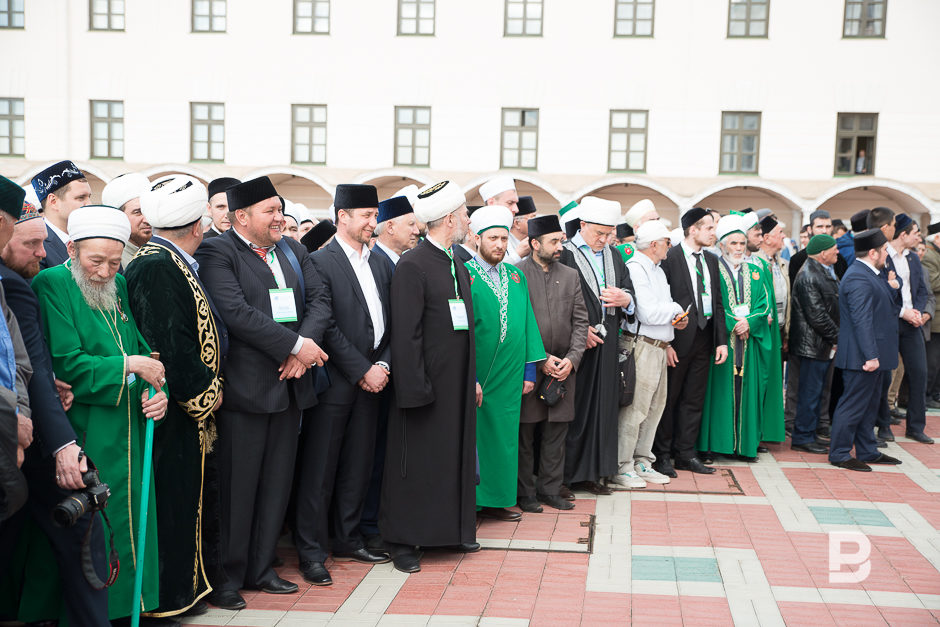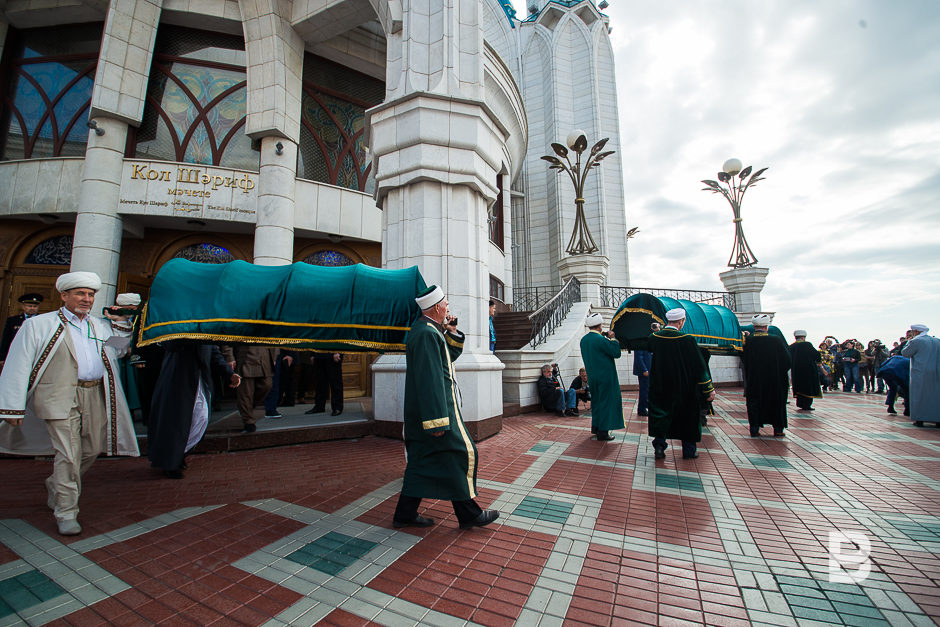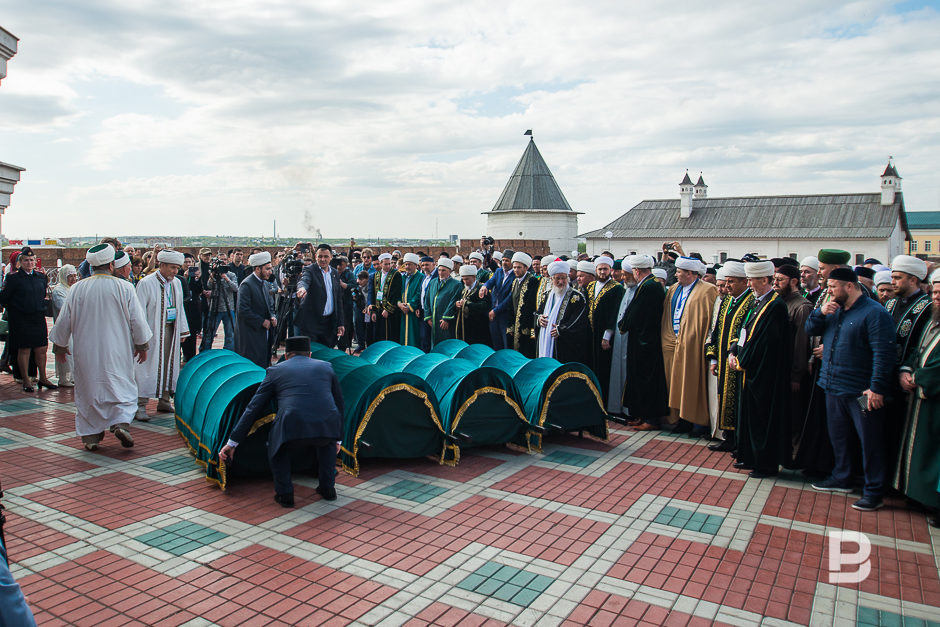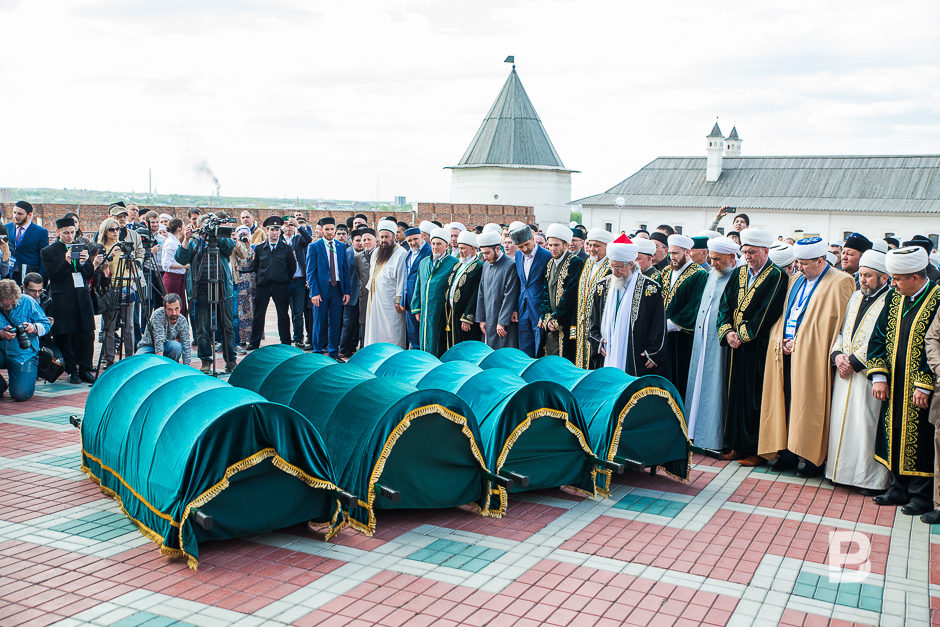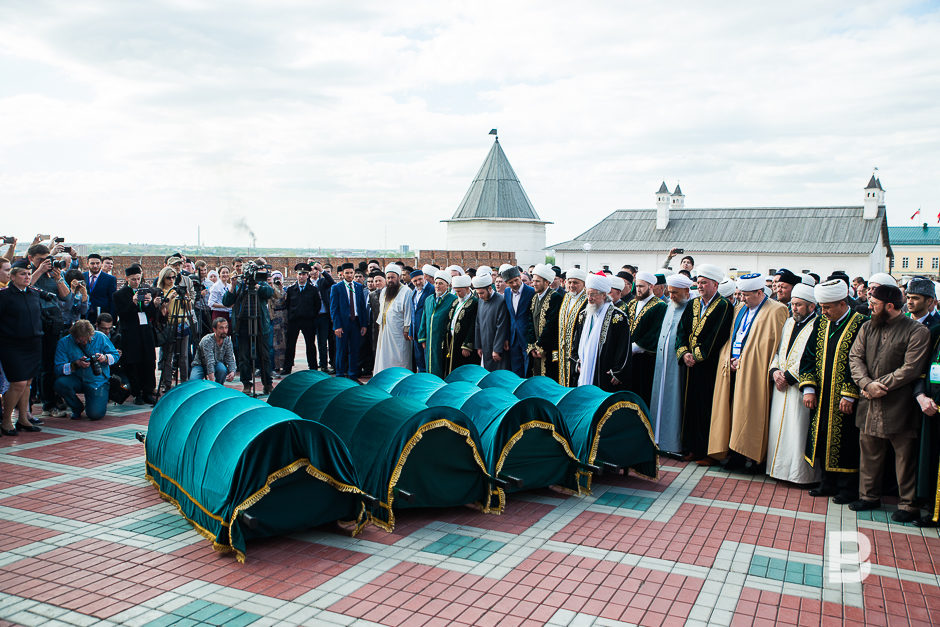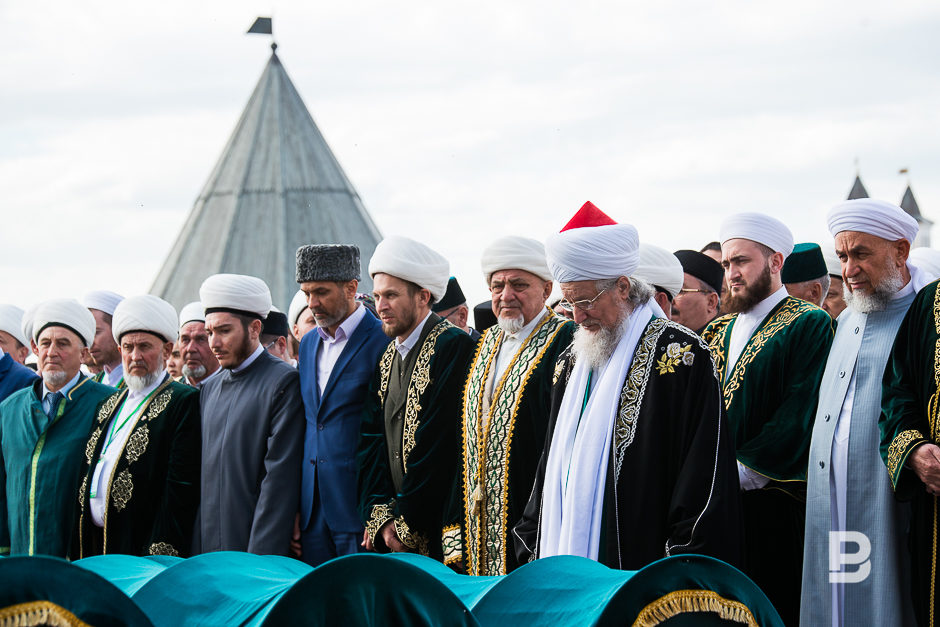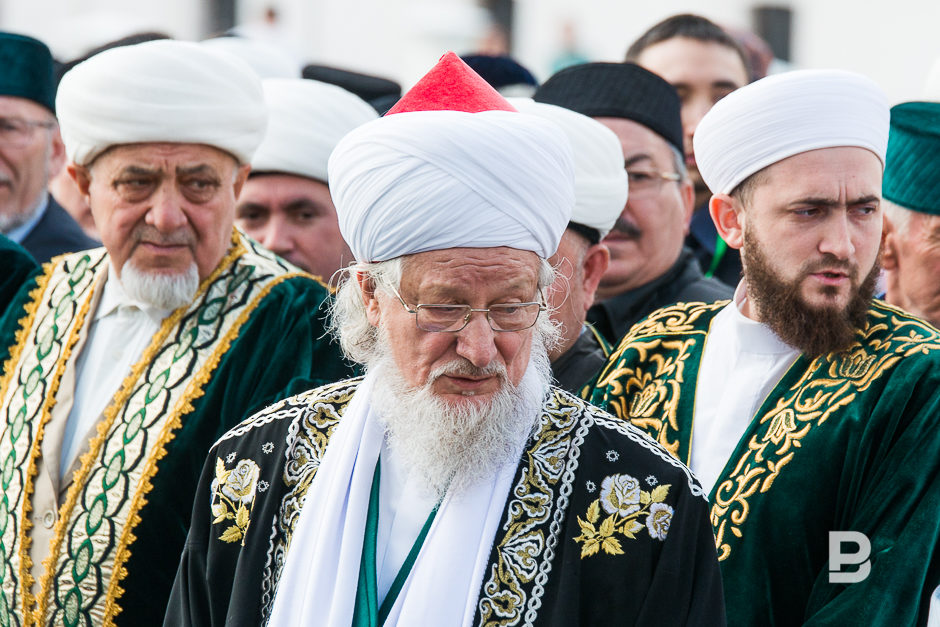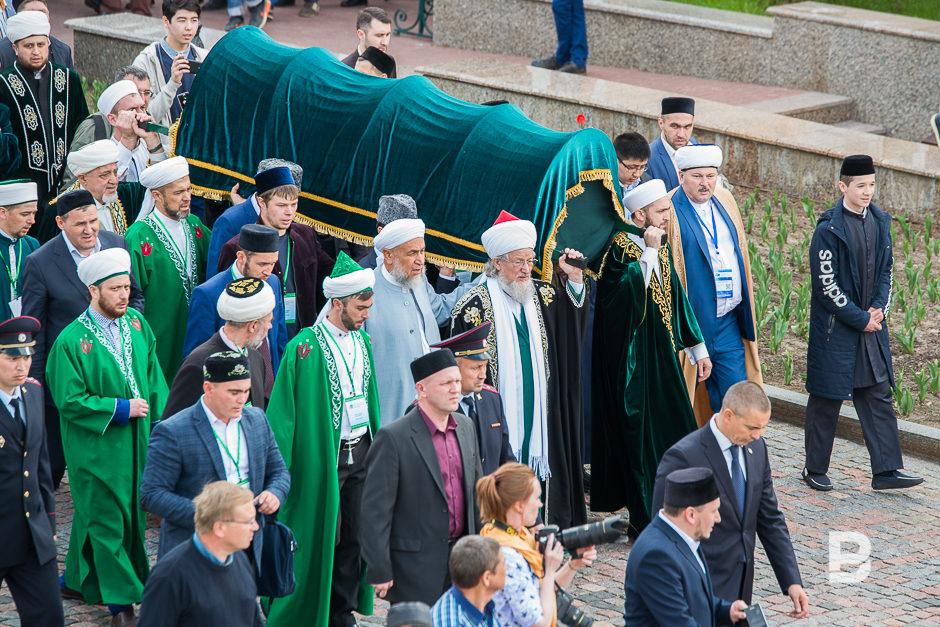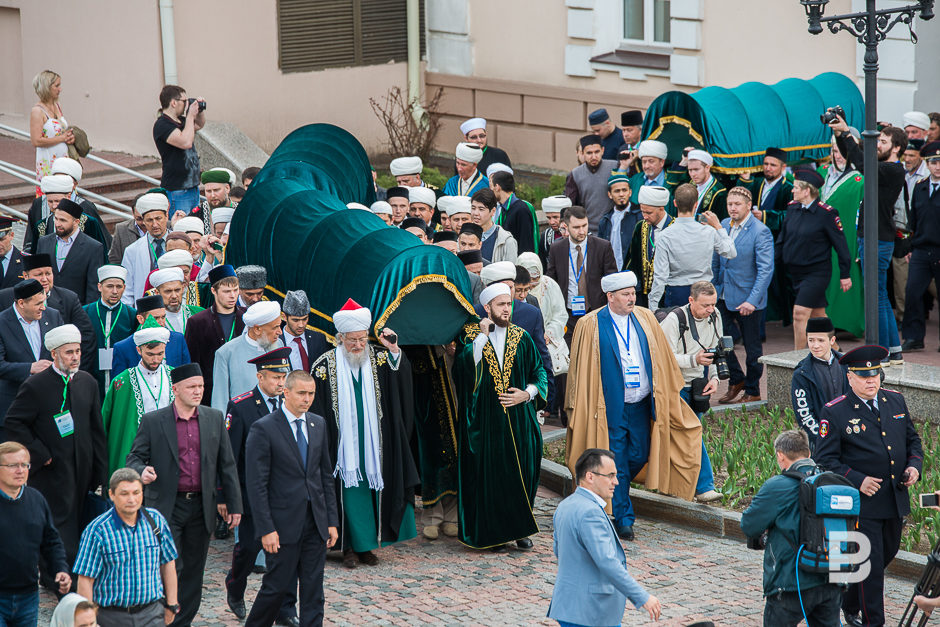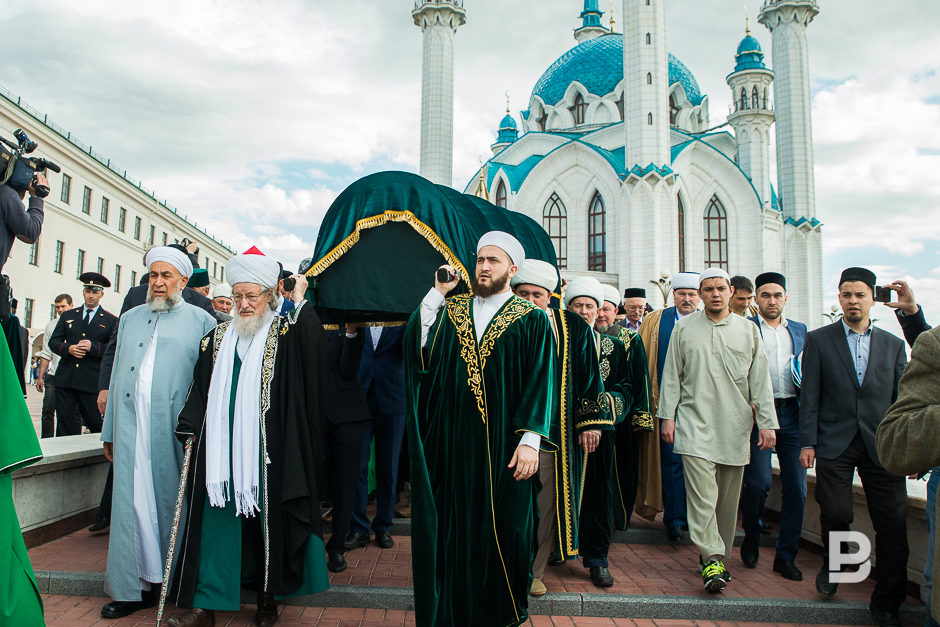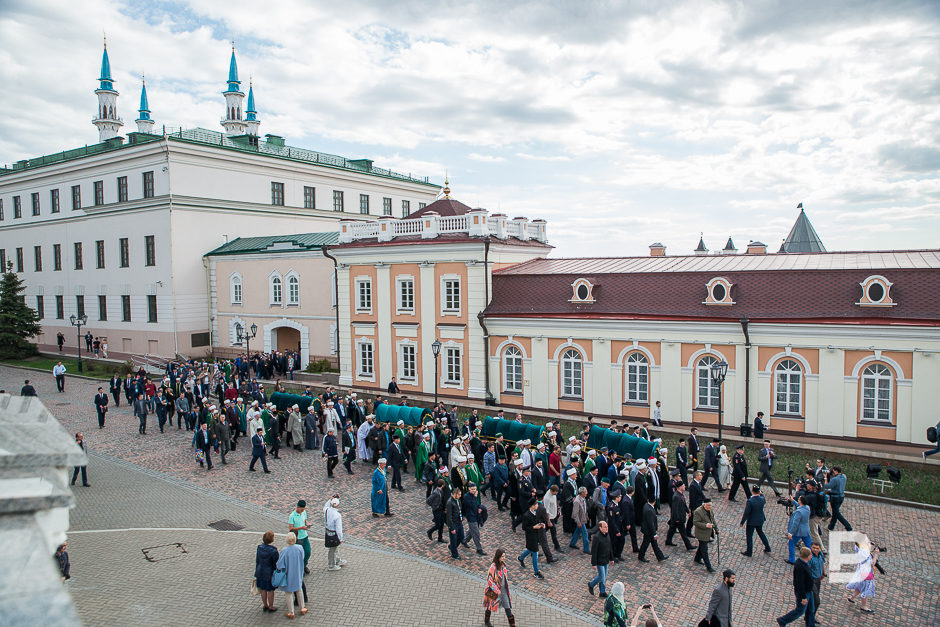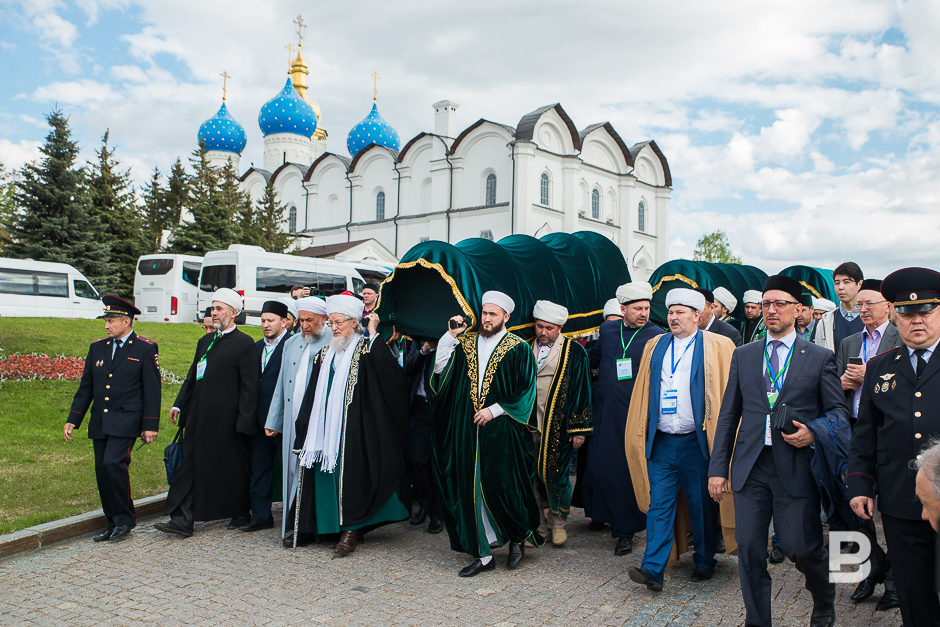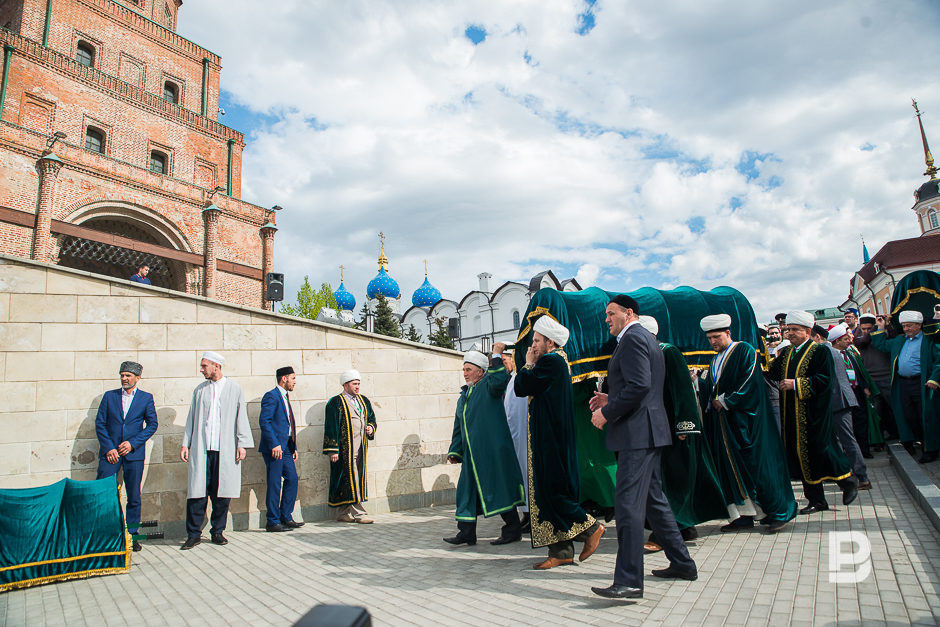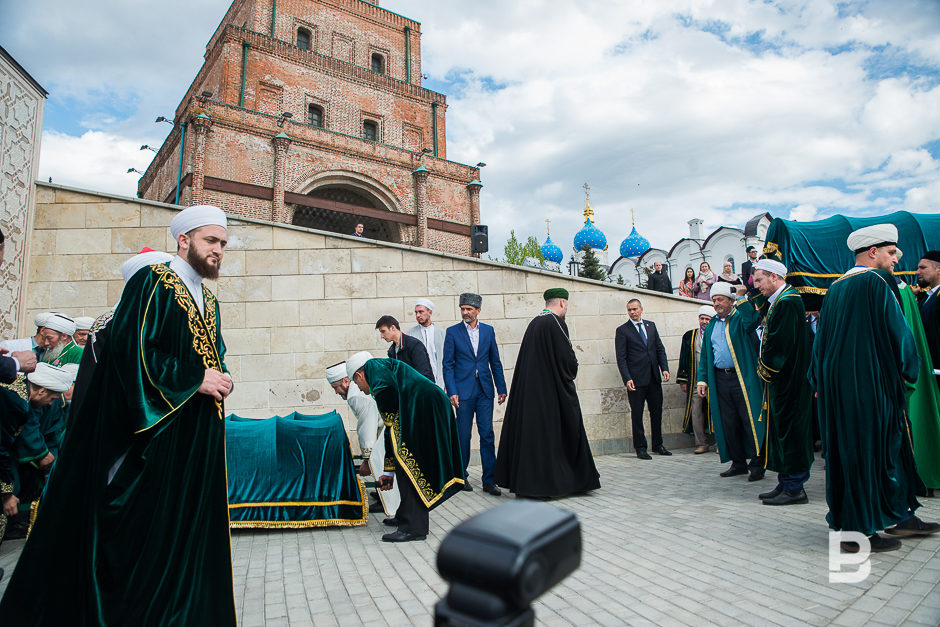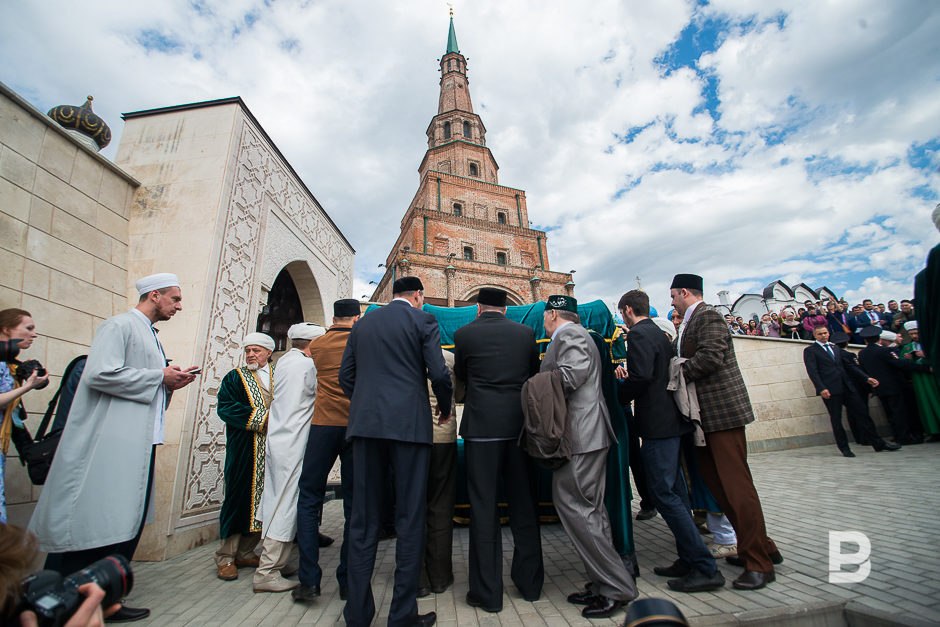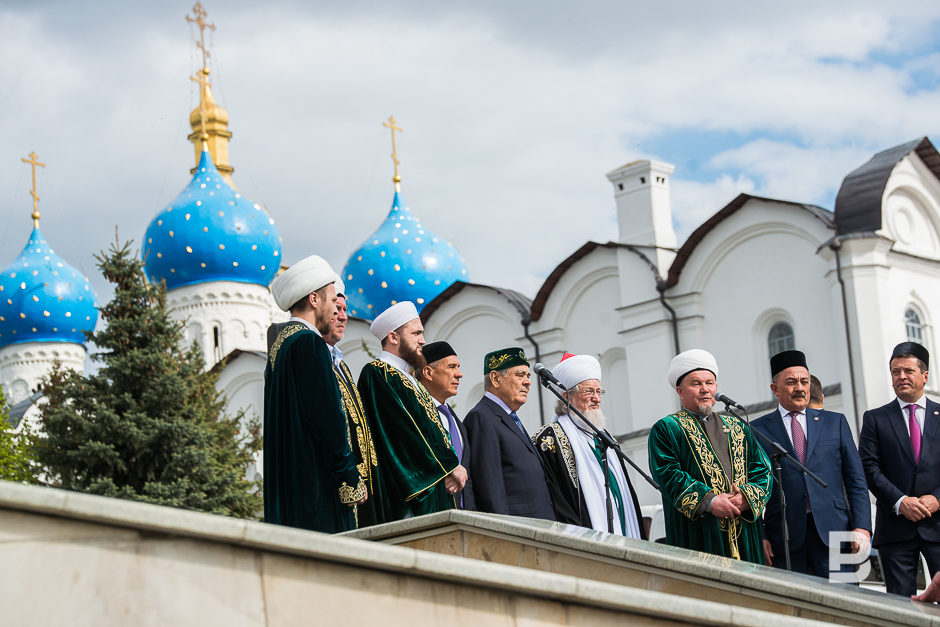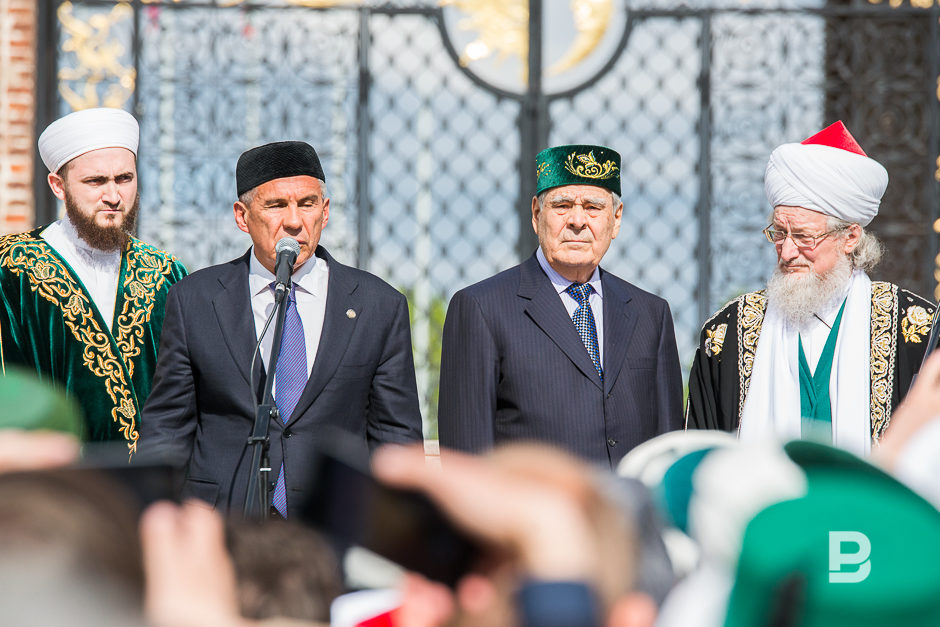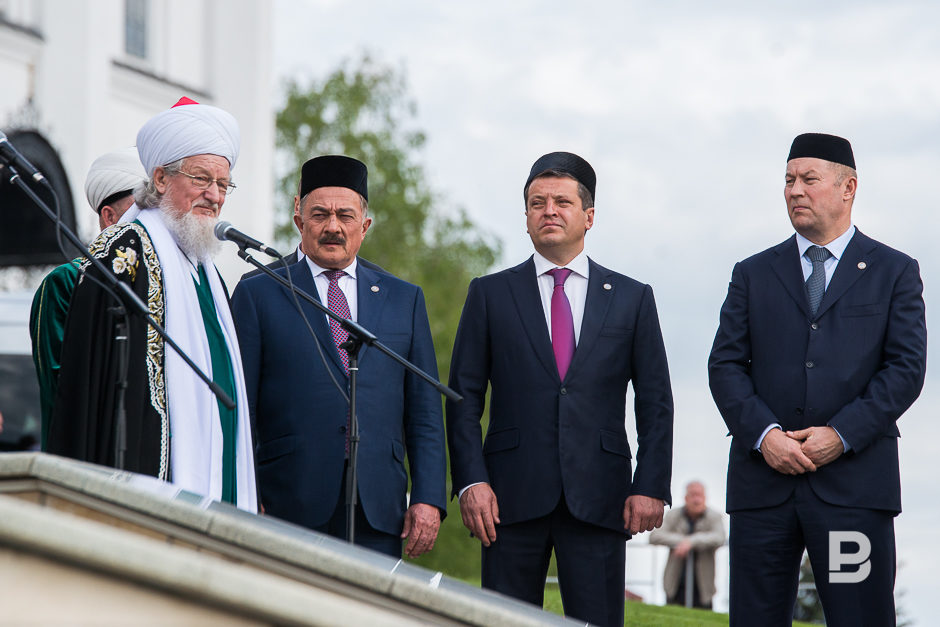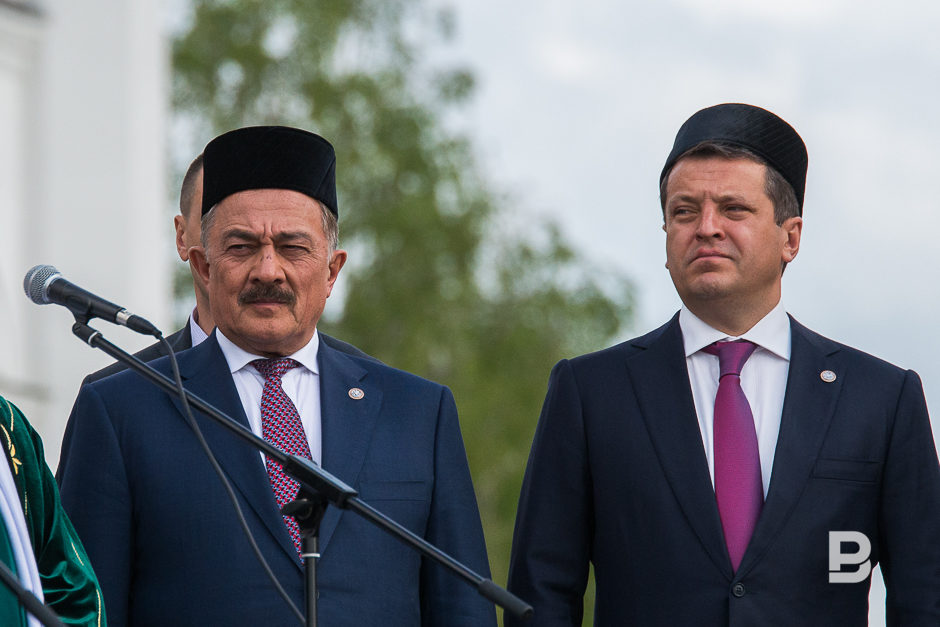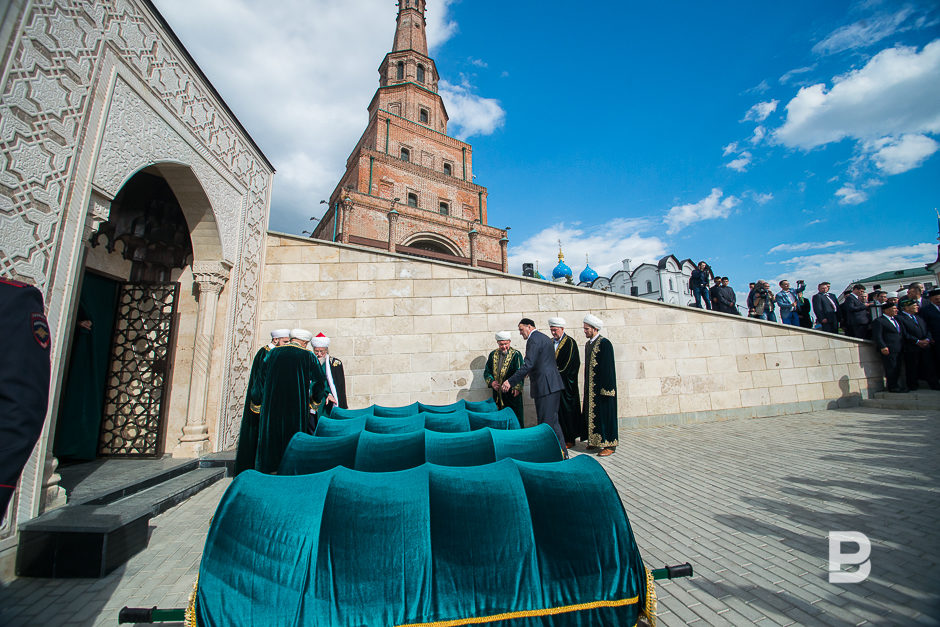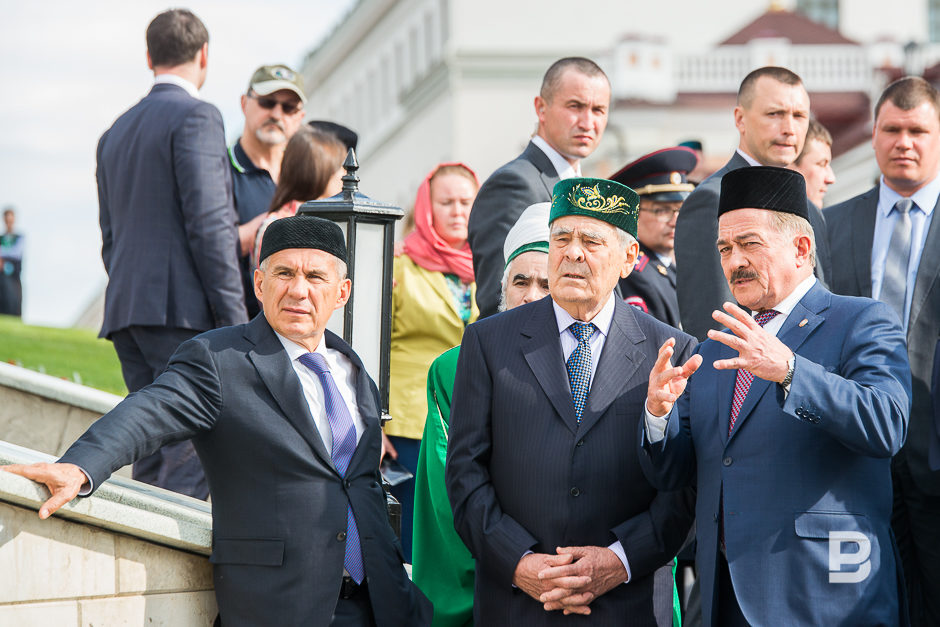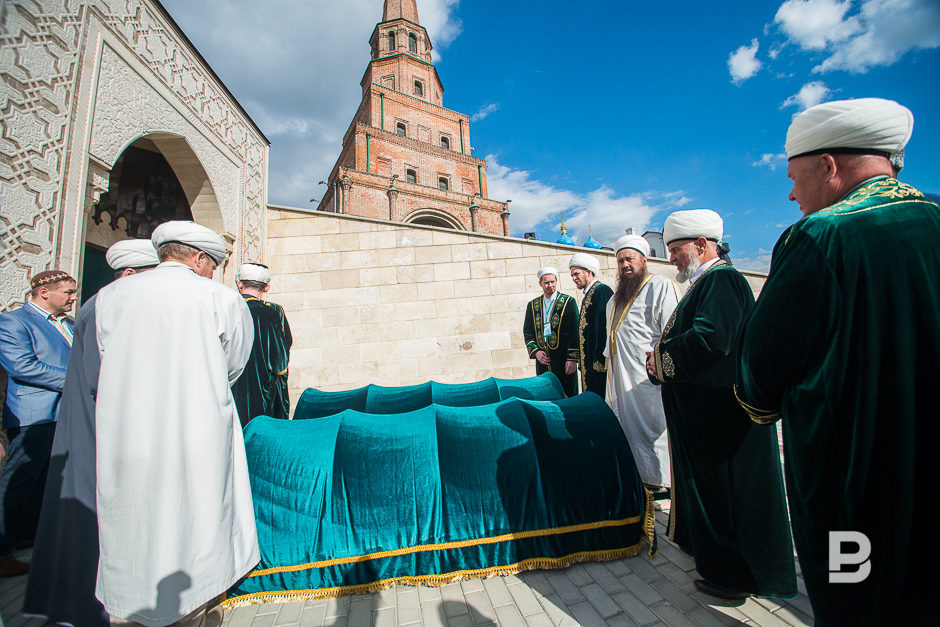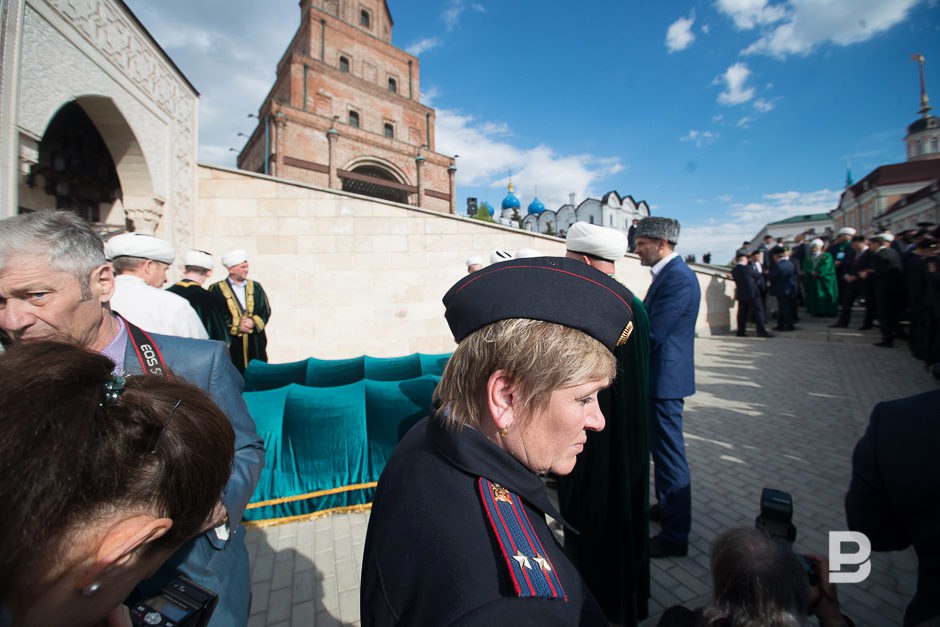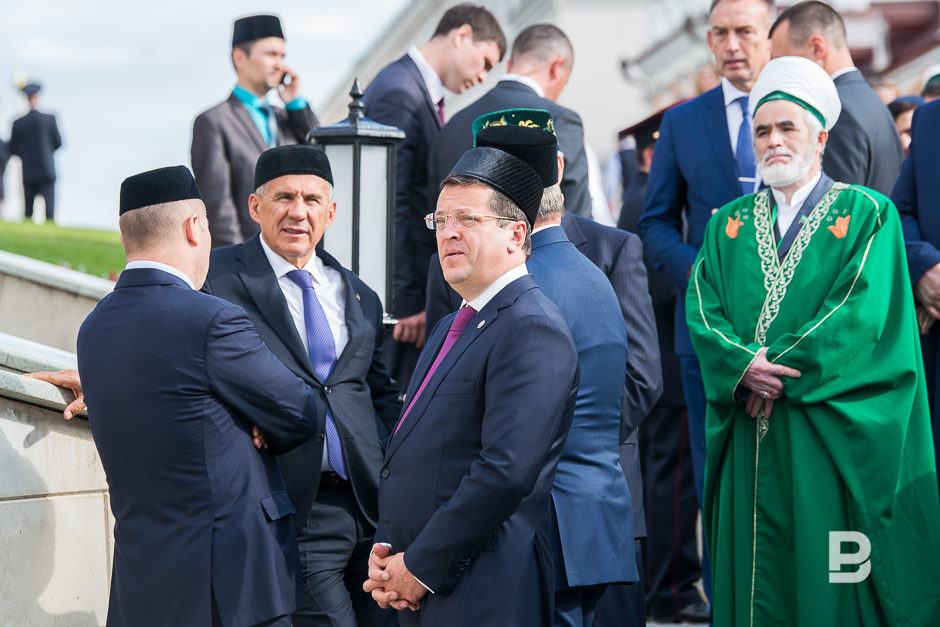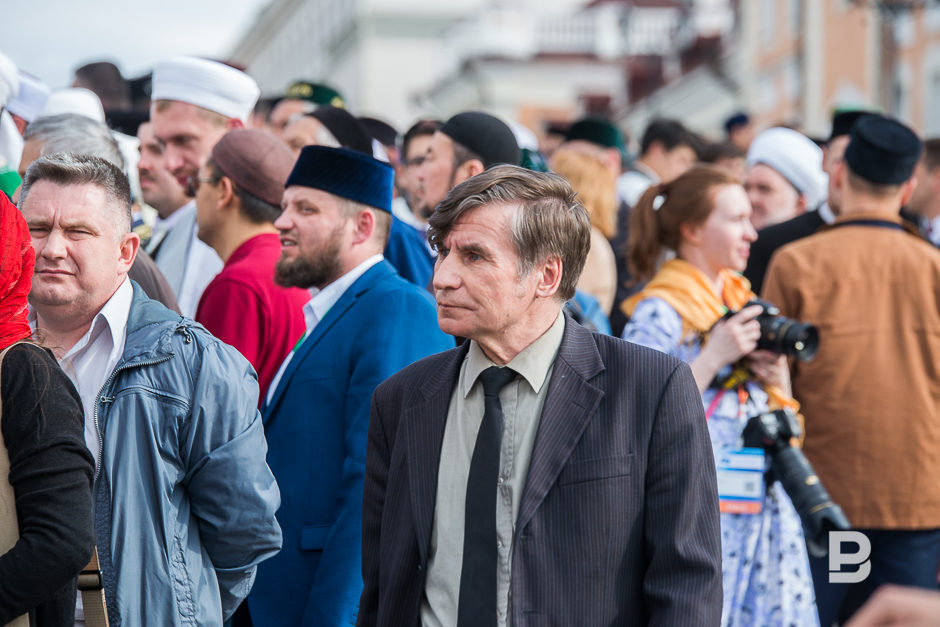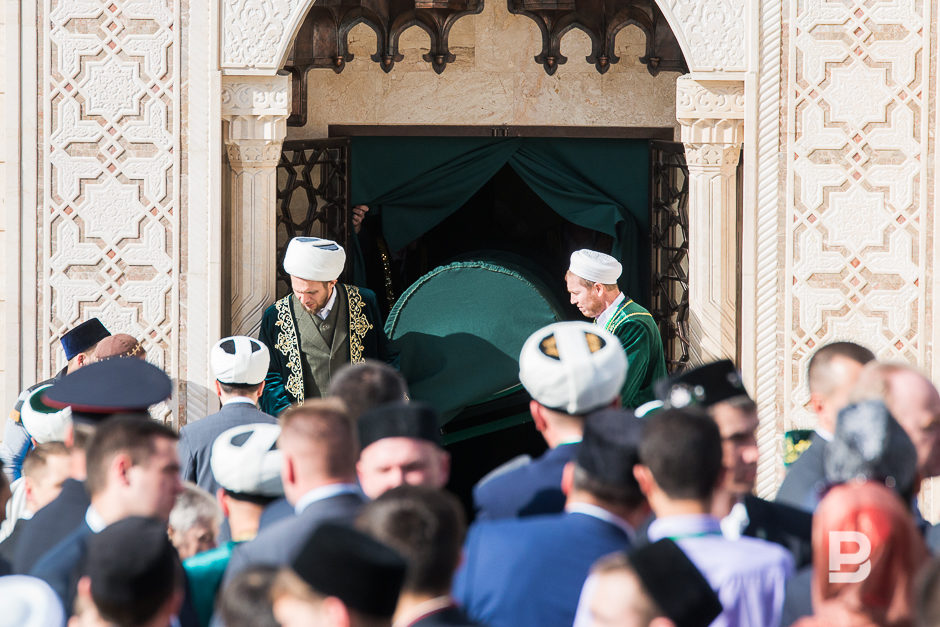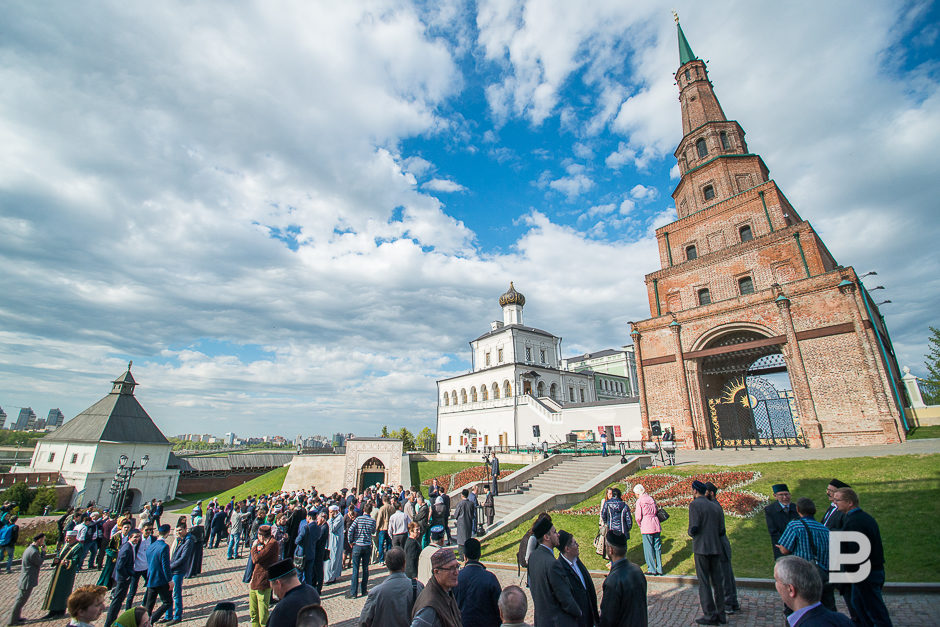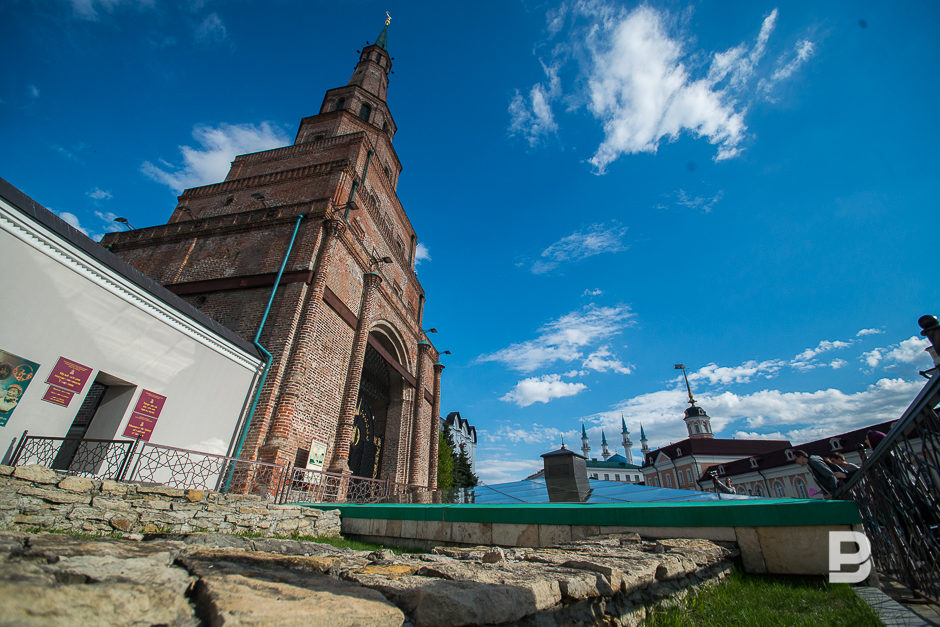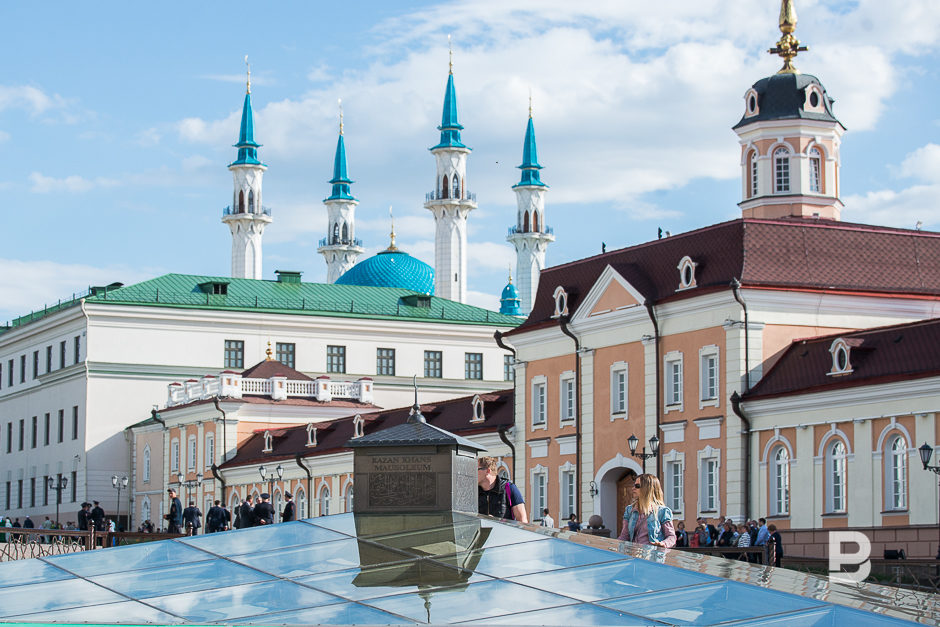Return of kings: two descendants of Genghis Khan back again in the Kazan Kremlin
350 days ago it was released the first publication of Realnoe Vremya about how the remains of two rulers of the Kazan dynasty Mahmud and Mohammed Amin couldn’t find peace
The issue of the unburied remains of Kazan khans at the suggestion of the Board of Aqsaqals of Kazan Realnoe Vremya raised for the first time in June 2016 and after that throughout the year it discussed this subject with experts and clergy, not losing hope that justice would triumph. And here we are. On 19 May, on the territory of the Kazan Kremlin there was held the reburial of the two Kazan khans Mahmud and Mohammed Amin, as well as of their two relatives. The ceremony was held with the participation of the top persons of Tatarstan, the leading Muslim figures of Russia and foreign delegates. About the overtures of Tadzhuddin in the address of the Republican authorities, the questions of Moscow journalists and the March of Renaissance, proposed by Shaimiev — read in the report of the correspondent of Realnoe Vremya.
VIP-zone of the mosque
Already two hours before the burial ceremony, hundreds of people came to the mosque Kol Sharif, many of them participated in the Friday prayer (jumu'ah). It is noteworthy that the main prayer hall was divided in half by a red tape. Ordinary believers ''over the fence'' were not allowed. They were waiting for the honoured guests of the international economic forum ''Russia — Islamic world: Kazan Summit 2017'' and of the conference of Tatar religious figures ''National originality and religion''.
When they heard the adhan (call to prayer), in the mosque there appeared Supreme Mufti Talgat Tadzhuddin, Mufti of Tatarstan Kamil Samigullin, Mufti of Syria Ahmad Badreddin Hassoun, Professor of the Amman University, a descendant of the prophet Muhammad Sheikh Abdul Razzak al-Saadi and other well-known Russian and foreign spiritual figures. They were already behind the tape.
After the VIP area of the mosque was filled with muftis, ''the dividing line'' was removed. Chairman of MSB RT gave the Friday sermon. Kamil khazrat, loyal to the decision taken at the last plenum of the muftiat, held vagaz in the Tatar language. Representatives of the Caucasian and foreign delegations were looking around, apparently not understanding the words of the Imam.
The jumu'ah prayer finished, believers headed for the exit.
The funeral that lasted 40 years
''It turns out you have, except for the president, even khans?'' ironically spoke in the conversation with the correspondent of Realnoe Vremya representatives of the federal mass media while waiting for the start of the ceremony of the burial.
''And your princes of Moscow and tsars are still alive?'' replied our reporter and our colleagues smiled.
Guests from the capital of the country asked about the origin of the mosque Kol Sharif, the biography of Mahmud Khan and Mohammed Amin, the remains of whom were to appear from minute to minute.
As the chief architect of the Museum-reserve Kazan Kremlin Rustem Zabirov explained in the conversation with our correspondent, the controversy surrounding the identification of these rulers is not accidental. After the extraction nearly 40 years ago, the bones' belonging was determined by some signs (diseases, injuries, description, etc.) to these khans. However, in his opinion, it is still necessary to conduct genetic analysis using modern technologies. In his words, a comprehensive study of the relics to fully identify costs about 100,000 euros — the amount is very significant. Besides, only in a few countries conduct such work.
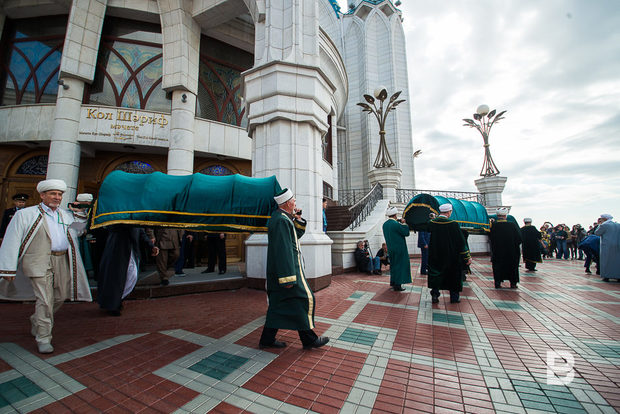
''The question of reburial was not raised in the Soviet time,'' added the head of the Department of Archaeology and Ethnology of the Kazan Federal University, Director of the Institute of Archaeology of the Academy of Sciences Airat Sitdikov. ''The completion of the works was possible just now. These remains, finally, have found peace.''
''It is a holy and necessary thing''
Meanwhile, four stretchers were taken out of Kol Sharif, they were covered with dark green cloth, they were put in front of the entrance to the temple. Supreme Mufti, Chairman of the Central Muslim Spiritual Board of Russia Talgat Tadzhuddin led the funeral prayer (salat al-janazah), all other muftis, imams lined up behind him. The end to the discussions whether the funeral rites should be carried out for the second time according to the canons of Islam was put.
Moscow journalists were surprised by the presence of two ''coffins''. They were explained that along with the khans they were burying two of their relatives, probably also of Genghis Khan. But their names are unknown.
Then Tadzhuddin, Chairman of the Muslim Spiritual Board of Tatarstan Kamil Samigullin and other muftis took the stretchers, and the procession moved to the Syuyumbike Tower under Takbir. The heads of the CMSB and MSB RT walked in front of a platoon of priests.
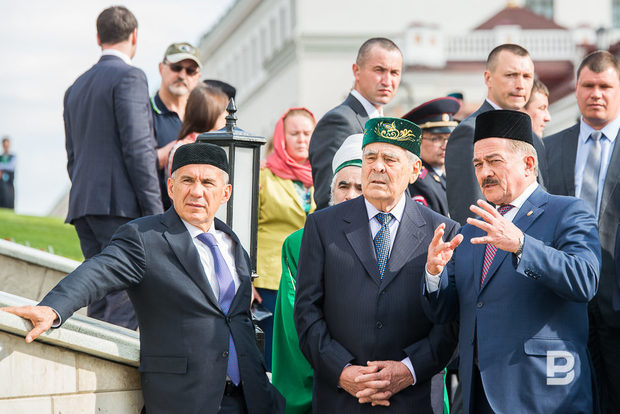
Near the tower, directly at the mausoleum, they were awaited by President of the Republic of Tatarstan Rustam Minnikhanov, State Counsellor Mintimer Shaimiev and Director General of the museum-reserve Kazan Kremlin Zilya Valeyeva, Mayor of Kazan Ilsur Metshin, his predecessor Kamil Iskhakov, now in charge of the Bolgarian Islamic Academy, and others known in the Republic people. Muftis put the stretchers in front of the gate of the tomb.
''I express deep gratitude to our archaeologists, architects, religious leaders. It is a holy and necessary thing,'' said Minnikhanov in Tatar.
''When there is a power vertical, in the country there will be order''
The idea of the president was developed by the former head of the Republic Mintimer Shaimiev. According to him, earlier on the Kremlin territory it was allowed to conduct excavations. However, on the threshold of celebrating 1000-anniversary of Kazan the regional government attained from Moscow the opening of all areas for research.
''We have found a lot: not only graves but also other historic artifacts — all this have deeply enriched us. Today Kazan is the center of attraction of a huge number of tourists. It is no coincidence that all this is happening in anticipation of the month of Ramadan, which will begin soon. We are at the march of revival and gaining spirituality, what is necessary for all the peoples of the Russian Federation,'' he stressed.
Talgat Tadzhuddin made a sermon, quoting one of his favourite passages of the Koran: ''Obey Allah, his messenger, and those in power of you''.
''When there is a power vertical, in this country there will be order, peace and harmony. We should prayerfully say good-bye to those who served for centuries to the glory of our homeland, people and faith, and we should appreciate those who are today making every effort not only in economic affairs but also in spiritual and moral revival,'' Supreme Mufti turned in the direction of Minnikhanov.
Sheikh al-Islam also reminded about the ''unfriendly'' forces that are trying to encroach on the oil and gas wealth of our country.
Then Samigullin read the last three Quranic surahs and prayed dua for the deceased. Muftis and their entourage took stretchers and brought them inside the mausoleum. After some time, they were taken out already empty. After the remains of the Kazan khans and two relatives were put in the tomb, Minnikhanov, Shaimiev and Iskhakov entered there for a minute. The police blocked the path to journalists who wished to go after them.
The ceremony finished with the recitation of Koran and dua, which were held by the main kazy of Tatarstan Dzhalil Fazlyev.
